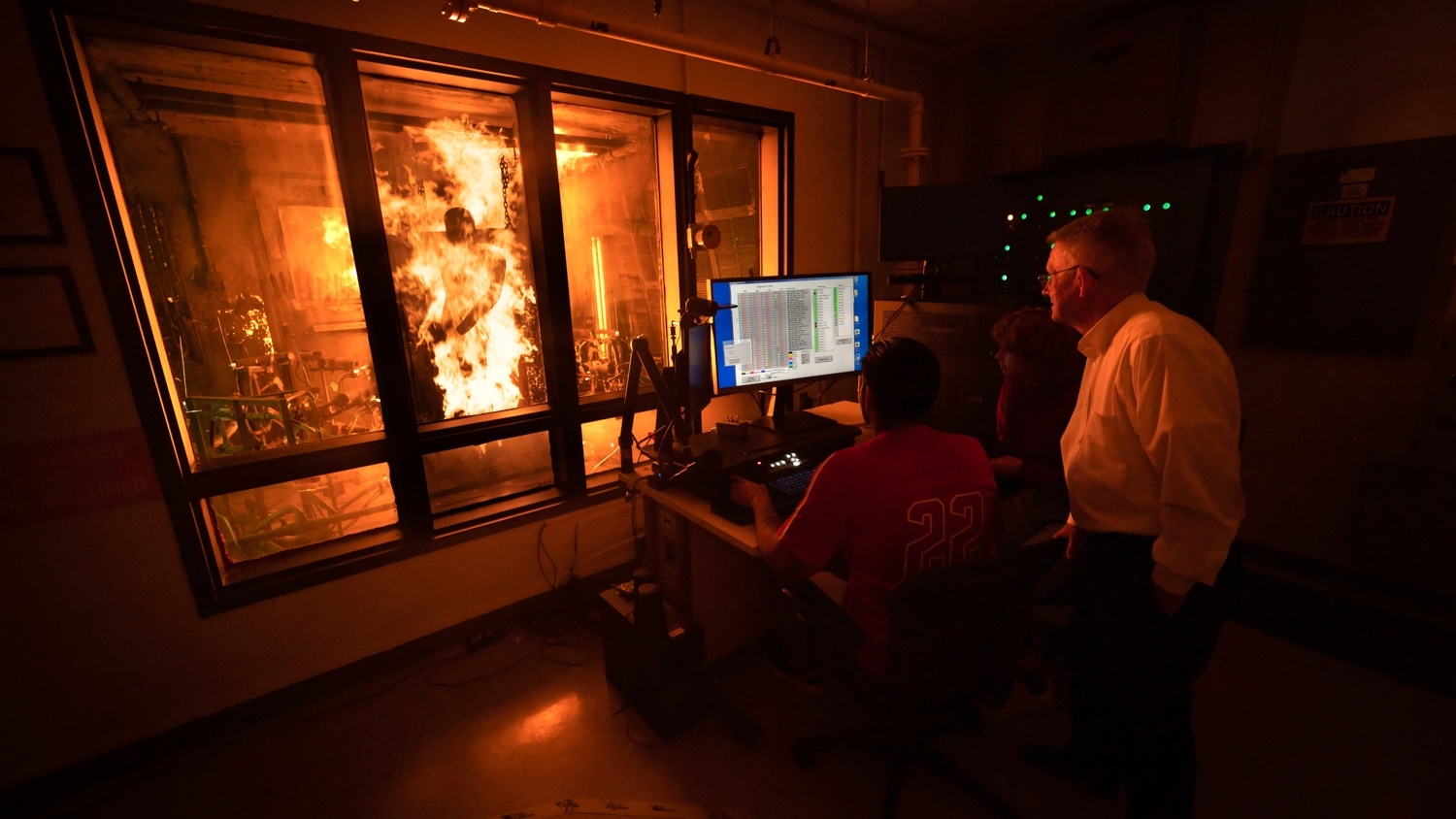Study sheds new light on post-operative bleeding

A new study finds significant differences between the blood clot structure in adults and newborns, helping researchers better understand the challenges in addressing post-operative bleeding in neonatal patients. The researchers also found that the current standard of care for treating post-operative bleeding may pose an increased risk of thrombosis in newborns compared to adults, which researchers hadn’t suspected. The study was performed by researchers at NC State, UNC Chapel Hill, Emory University, Children’s Healthcare of Atlanta and the Georgia Institute of Technology.
“We knew that neonates – infants less than one month old – are more likely than adults to suffer from severe bleeding after heart surgery, which poses a variety of health risks,” says Dr. Ashley Brown, assistant professor in the UNC/NC State Joint Department of Biomedical Engineering.
“The current standard of care is to give neonatal patients blood products – such as a protein called fibrinogen – derived from adult blood,” Brown says. “But neonatal blood and adult blood aren’t the same; many of the components involved in clotting in newborns have differing levels of activity, or effectiveness, compared to the same components in adults. Our goal was to better understand how clotting in neonates differs from that in adults, so that we can move closer to developing more effective treatment strategies for these infants.”
The researchers’ hypothesis was that fibrinogen – the main blood-clotting protein – from neonates would form clots that are different from those formed by adult fibrinogen, and they were correct. However, they were surprised to find that fibrinogen from adults did not integrate well with the fibrinogen in neonates. In other words, the fibrinogen from adults and newborns wouldn’t stick to each other and form a clot.
To test this hypothesis, the researchers took samples of neonate fibrinogen and adult fibrinogen and compared how they formed clots. They looked at clots formed solely of adult fibrinogen, clots formed solely of neonate fibrinogen and clots formed of mixed adult and neonate fibrinogen.
The researchers found that neonate fibrinogen formed less dense, more fragile clots than adult fibrinogen. And they found that a mixture of adult and neonate fibrinogen formed clots that were also fragile and less dense – even if there was relatively little neonate fibrinogen in the mixture.
Return to contents or download the Fall/Winter 2016 NC State Engineering magazine (PDF, 3MB).
- Categories:


